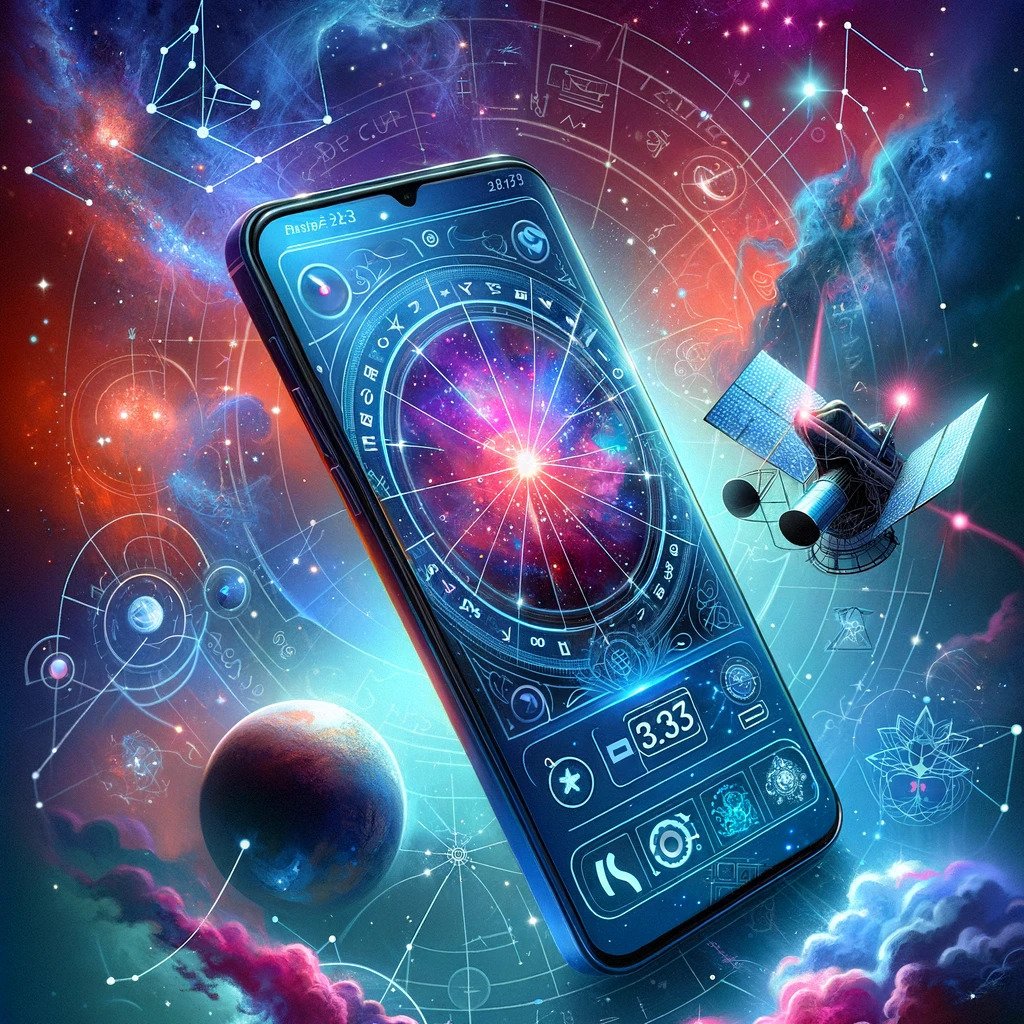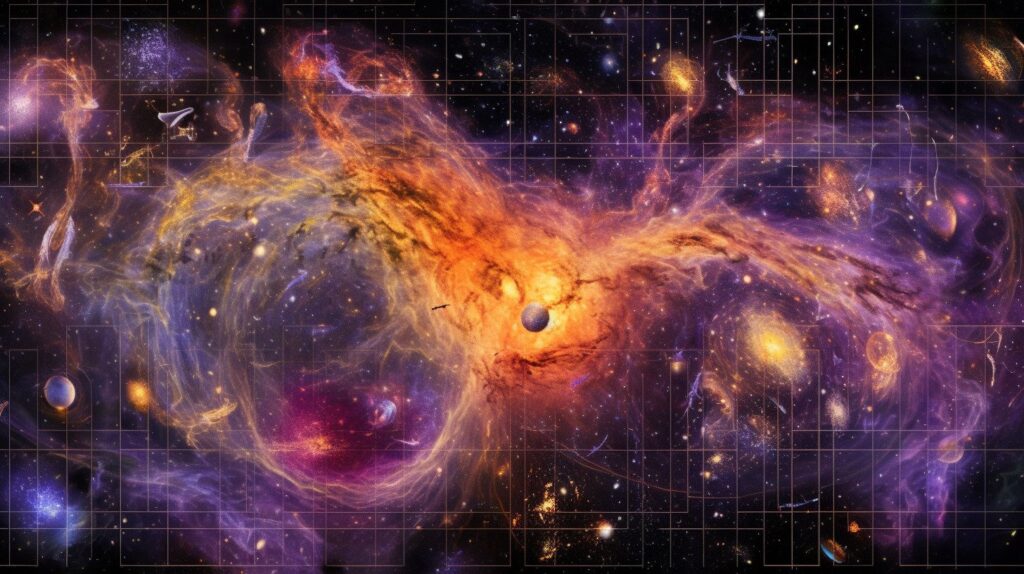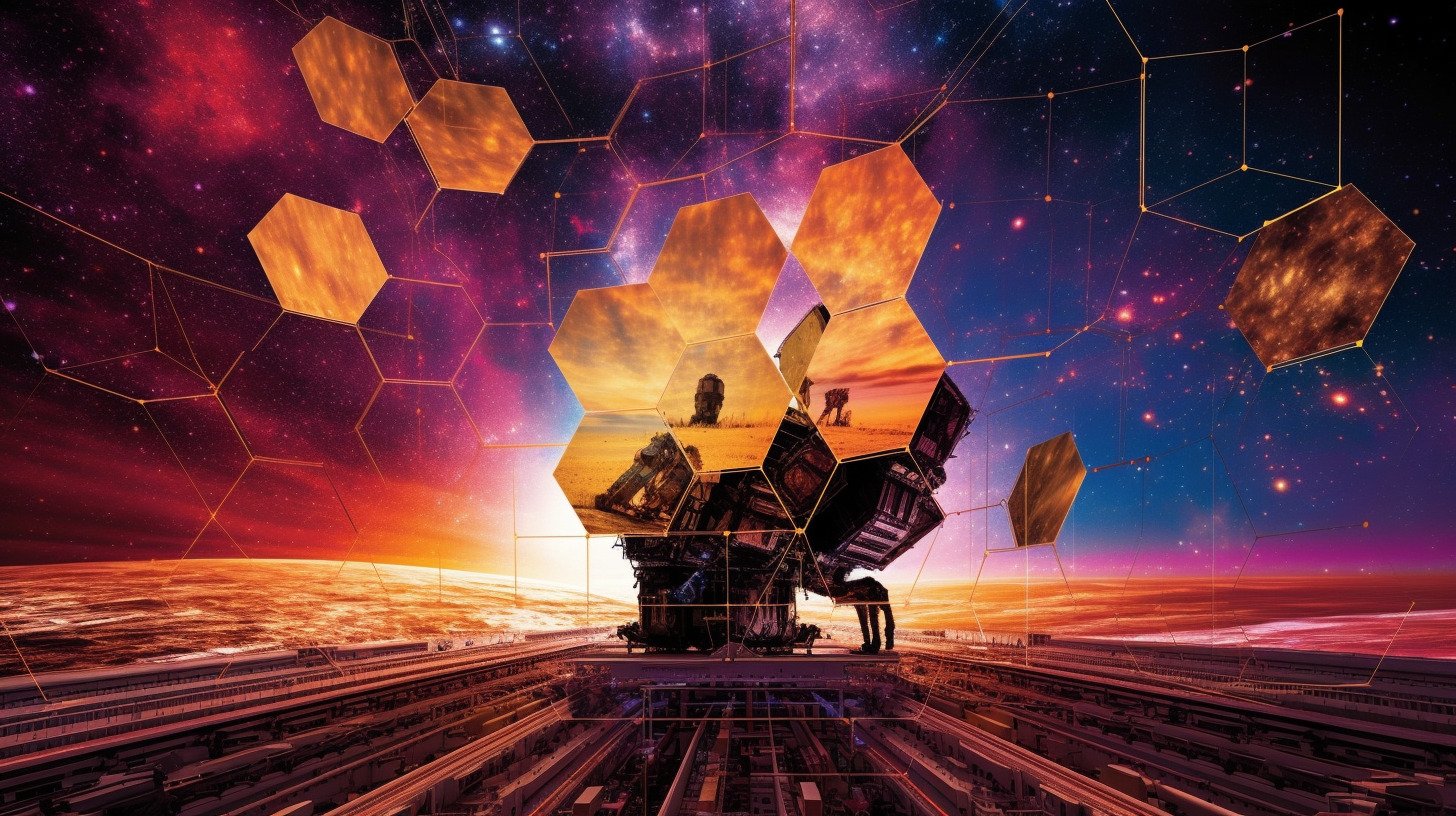In an astronomical upgrade to the dubious world of astrology, a new app claims to have cracked the cosmic code to your future, thanks to the James Webb Space Telescope (JWST) and a dash of AI wizardry. StarSeer, the app in question, boldly asserts that the traditional astrology you’ve been following is about as reliable as a weather forecast from 1920. By tapping into the JWST’s deep-space snapshots, this app promises to track celestial bodies billions of light-years away, offering a horoscope that’s not just a shot in the dark, but a veritable light beam of precision.

Gone are the days when your fate was determined by the same dozen constellations that humans have been staring at for millennia. StarSeer’s AI analyzes images of galaxies and nebulae so distant that their light is as ancient as the astrology charts are outdated. This isn’t your grandma’s horoscope; it’s a space-age, star-mapping powerhouse that claims to pinpoint your destiny with the accuracy of a NASA mission.
But before you get too excited about winning the lottery or bumping into your soulmate, there’s a catch. The universe, in its cheeky vastness, is ever-expanding, leading to redshift inaccuracies that even the most sophisticated AI can’t fully adjust for. So, while the app’s predictions are light-years ahead of the zodiac wheel in your local newspaper, the cosmic drift might still throw a wrench in the works.
What we’ve learned from StarSeer’s ambitious launch is that the human desire to predict the unpredictable knows no bounds, not even the final frontier. The app’s creators have taken a gamble that even the most hardened skeptics can appreciate: if you’re going to trust your future to the stars, why not trust the most distant, most scientifically observed stars?

Historically, astrology has been a game of connect-the-dots with the nearest celestial bodies, but StarSeer’s methodology is like using the Hubble for a selfie. It’s a revolutionary, if not slightly tongue-in-cheek, approach to aligning our lives with the cosmos, acknowledging that while the stars may guide us, they certainly don’t rush for anyone.
In conclusion, StarSeer’s blend of JWST imagery and AI might not have you hitting the jackpot or walking down the aisle just yet, thanks to the pesky laws of cosmic expansion. But it does offer a wonderfully high-tech twist on the ancient art of astrology, promising a future where your destiny is written not just among the stars, but among all the stars in the observable universe.
Disclaimer: This piece is a playful satire. While the JWST provides a window into the cosmos, it’s not actually a crystal ball. Your future, lottery odds, and love life remain as delightfully unpredictable as ever.
